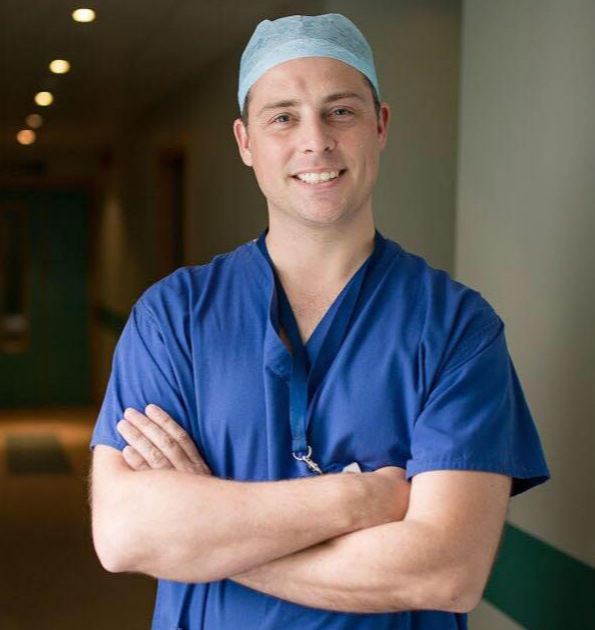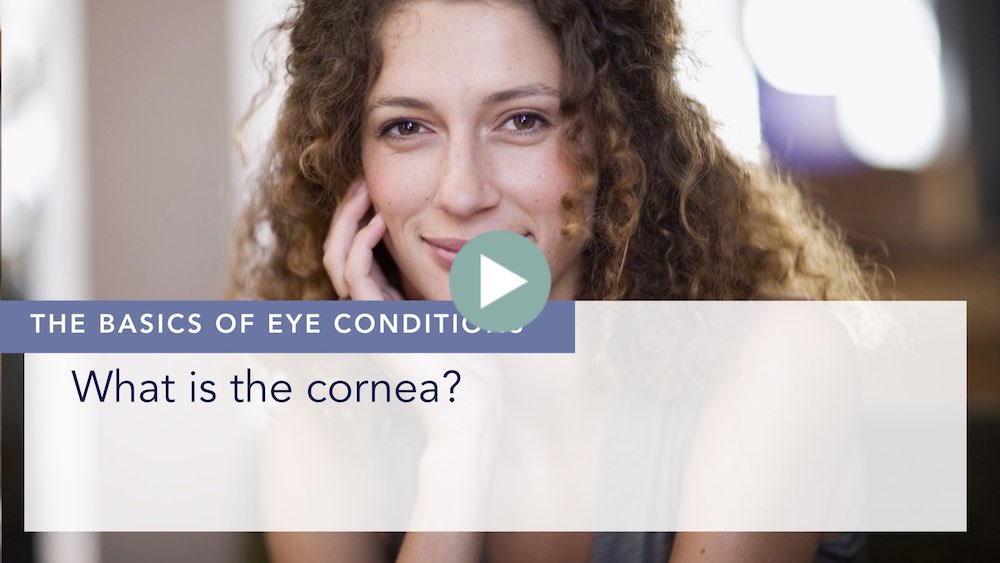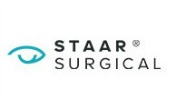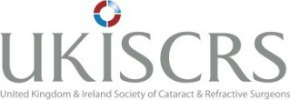For FAQs regarding Coronavirus please click here
Who can corneal cross-linking help?
Can you see yourself below?
YOU’RE 20 TO 39

While you may not notice anything wrong in its very early stages, an optometrist may tell you that you have early signs of keratoconus. Unchecked, you’ll notice an inability to focus properly, mild blurring of vision, slightly distorted vision, where straight lines look bent or wavy. You may have an increased sensitivity to light and glare. You may see redness in your eyes and experience swelling. You may be getting worse, quickly.
YOU’RE 40 TO 51

While you may experience these symptoms before this age, in later stages of keratoconus you experience more blurry and distorted vision. Your short-sightedness or astigmatism prescription may change fast, requiring you to replace your glasses more often. Your contact lenses may no longer fit properly and become uncomfortable.
Stabilise your keratoconus
While it’s possible you may see a little better, the main aim of corneal cross-linking is to halt the progression of keratoconus. Further, your vision may be more correctable in the future.
PUT A STOP TO YOUR EYES GETTING WORSE
You’ll first experience blurriness, light sensitivity and discomfort after the procedure. Over time, your vision will get back to what it was before the treatment. The most important result is that your keratoconus will not get worse. In the long-term, you might even become suitable for vision correction.
THE MOST COMMON FEELING IS RELIEF AND OPTIMISM
Some patients report that their keratoconus is no longer the front and centre of their lives. They feel relief that we’ve halted the progressive condition from getting worse. Some even feel optimism around the prospect of getting their vision corrected in the future.
GET OVER THE EXHAUSTION THAT KERATOCONUS CAN CREATE
Before corneal cross-linking, patients can feel exhausted by the disease and emotionally spent. Many report it’s an exhausting condition that results in non-stop blurriness and feeling pain when putting in contact lenses. After corneal cross-linking, your eyesight might initially get worse. Over time, however, you’ll be able to resume your normal activities and there’s a small chance you might even experience some visual improvement.
A STABLE EYE IS A GOOD EYE
If you suffer from keratoconus, you’re tired. When you experience the weight that will lift off your shoulders when your eye becomes stable, you’ll know you’ve made the right decision to have corneal cross-linking.
YOU SHOULDN’T HAVE TO DEAL WITH THIS
But you do. In the past, the only option you had was to have a corneal transplant. Fortunately, today we’re able to help you stabilise your keratoconus with corneal cross-linking. Let’s overcome this together and get you on the road to feeling better, and maybe even seeing better.
Affiliations and memberships
I am proud to be associated with these organisations as a member or consultant
Supplementary information about Corneal Cross-Linking
In my expert hands, you certainly don’t need to know all of the information I’ve included in the toggles below. If you’d like to know how it all works, however, open them and learn more.
How it works
Let’s get you on the road to recovery in 3 steps
STEP 1 – CALL
STEP 2 – MEET
STEP 3 – FEEL BETTER

TALK TO US
Give us a call on 020 3808 7758 and we’ll help guide you towards a consultation.

MEET YOUR SURGEON
I’ll see you before treatment to ensure you’re a good candidate and treat you at one of my Harley Street London facilities.

ENJOY A RICHER LIFE
I’ll supervise your aftercare as you begin to experience a life free of from the constant worry of progressive keratoconus.

About the author
Mr Alex J. Shortt | Consultant Ophthalmic Surgeon
MB BCh MSc PhD FRCOphth PGDipCatRef
I’m Alex Shortt, a highly trained academic researcher and Consultant Ophthalmic Surgeon based in London’s famous Harley Street medical district. I trained and worked as a consultant for 14 years at London’s Moorfields Eye Hospital. I specialise in advanced technologies for correcting vision, including cataract surgery, implantable contact lenses and laser vision correction.









